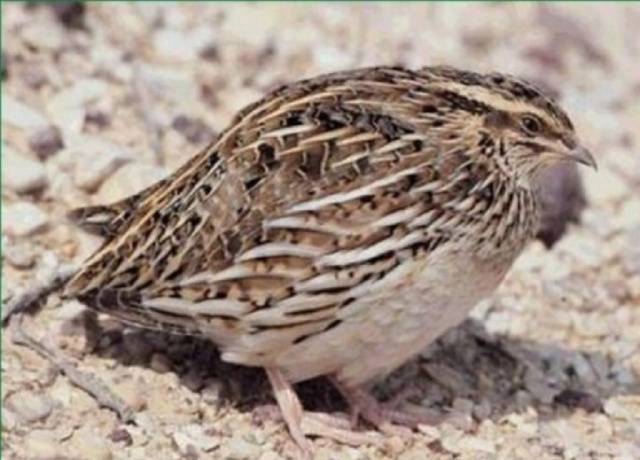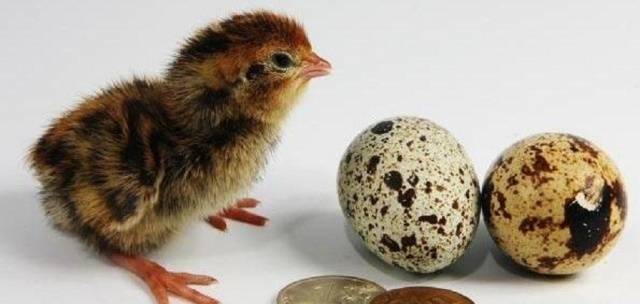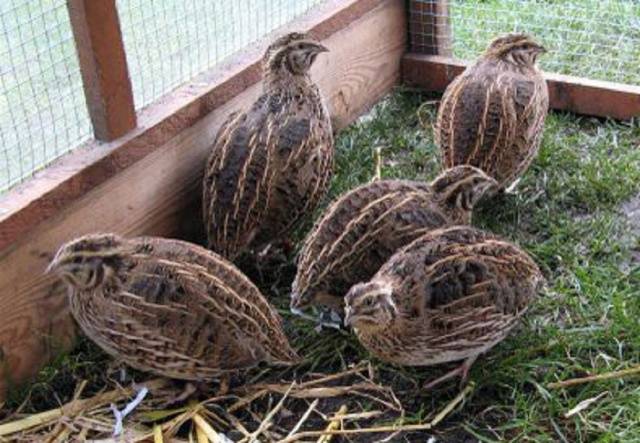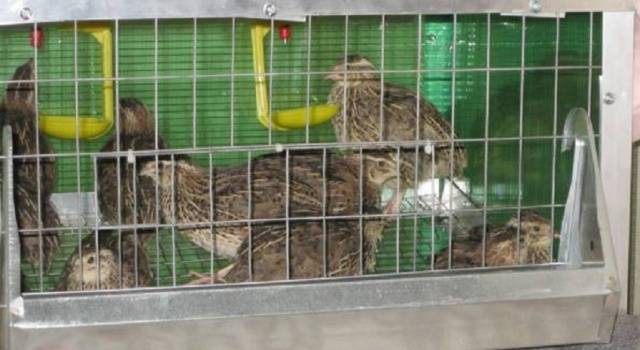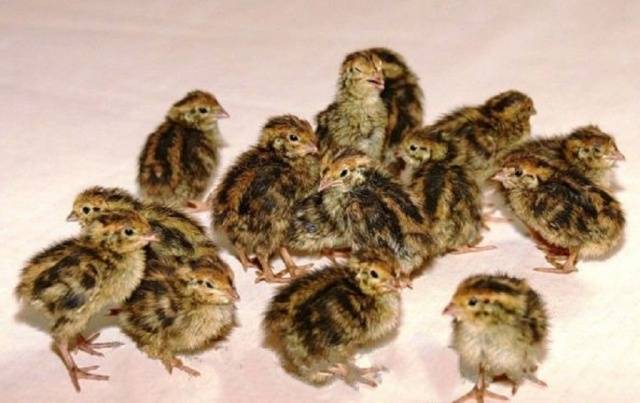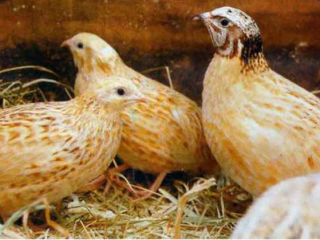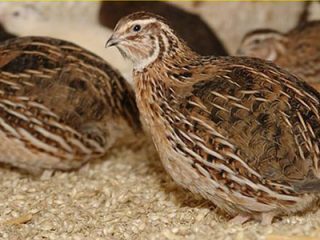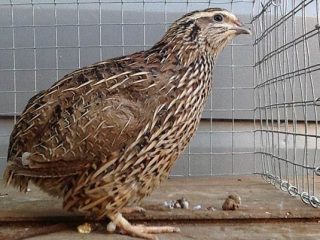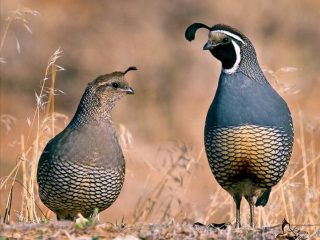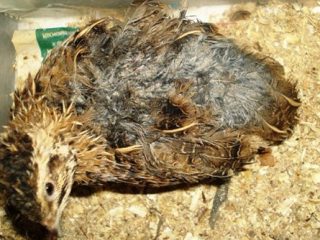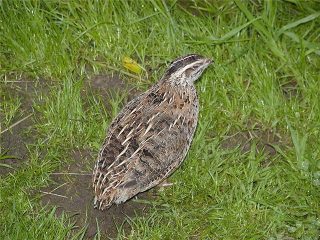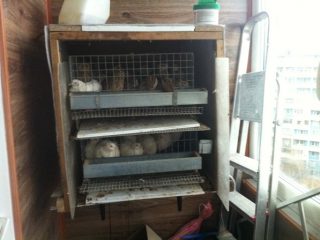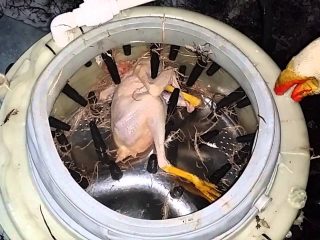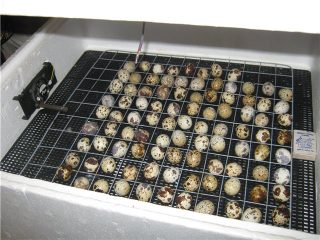Content
Quail breeding is a very popular activity for summer residents. Some breeds are raised for nutritious meat, others for eggs. Among the famous breeds, the Estonian quail stands out.
Its uniqueness comes from the ability to get both products. Estonians gain weight well and have high egg production. Withdrawn quail of the Estonian breed by crossing three quality breeds:
- English whites;
- Japanese;
- Pharaoh.
The first two breeds are egg breeds, Pharaoh is raised as a meat breed. The main characteristics that served for crossing the named breeds were the egg-laying period, the life span of quails and the level of survival in various conditions of detention. The official approval of the breed, bred by breeders, occurred in 1989 in Estonia. The main advantages of Estonian quails include:
- Easy to care for. Even novice farmers can grow Estonians. They do not require much experience or knowledge.
- High viability. The developed breed combines the best qualities of its predecessors.
- Fast growth. After a month, the chicks reach “adult” weight.
- Short incubation period. It lasts only 17 days, which is beneficial for mass rearing of Estonians.
- High survival rate. Estonian quail chicks have a 95% survival rate.
- Excellent egg production. After 40 days, the females lay eggs. In the first year of life, one female is capable of producing 3 kg of eggs, and the average annual egg production ranges from 170 to 285 eggs.
How to raise a bird without problems
The bird has the characteristics of its ancestors, especially in color.
The color of Estonian quails is yellow-brown with bright brown stripes. The cheeks and mandible are also brown, but the crop is slightly lighter. There are three stripes in light yellow tones on the head. The same light stripes are located on the flight feathers. Females are a little lighter in color, so many people rate their color as dusty. Young animals are much lighter than adult quails.
To get the maximum effect from a bird, it is necessary to provide it with proper maintenance and proper care. Although breeding "Estonians" does not require much effort, you need to know what you need to pay attention to?
Accommodation
The bird is placed in cages whose height is no more than 20 cm. To correctly calculate the area of the cage, proceed from the recommended 2 square meters. m for one quail. If you don't have much space to place the cages, you can stack one on top of the other. Quails are unusually active. In case of danger, they jump quite high. Therefore, to prevent possible injury to birds, a fabric mesh is used for the top of the cages.
Conditions
The cages are placed in a dry room with good ventilation.
The temperature regime is maintained in the range from 20°C to 22°C. The optimal humidity for poultry is 65%.
Feed
The composition depends on the purpose for which Estonian quails are raised. Meat production requires special food with a high protein content and timely replacement of water in drinking bowls.
What are the rules for caring for Estonian quails?
- Feeding the bird. For adults, two or three meals a day are sufficient. The time is kept constant. Place drinking bowls behind the feeders, and feeders in front. Feeders are attached to the outside of the cages. When there are a large number of birds, automatic ones are used, into which food is supplied from a common bunker. The diet of Estonian quails consists of mixed feed with protein, crushed grain, finely chopped greens and egg feed. Estonian quails eat vegetables (beets, carrots), apples and chafers well. It is recommended to include meat, boiled liver and cottage cheese in the menu weekly.
- Cleaning the cages. Pallets are washed regularly. To ensure thorough cleaning, Estonian quails are moved to another place during this time. Pallets are washed with soapy water and thoroughly dried.
- Lighting. Daylight hours are provided for 16 hours. Exceeding this indicator leads to an increase in the bird’s aggressiveness.
Winter care
At this time, the bird is provided with a comfortable temperature and average humidity. It is recommended to close the ventilation holes and provide additional lighting to the room. It is good to use infrared lamps, which will additionally heat the house.
How to distinguish a female from a male
Gender can be determined by secondary characteristics - color and body structure. Already at the age of one month, the plumage on the chest of quails varies. Males have uniform plumage of ocher-yellow or red color without inclusions.The beak and entire head of the male look more massive in relation to the body than those of the females. Females are graceful and proportional in their structure. The color of the plumage on the chest of females is more blurred, with dark inclusions.
Birds try to recognize the sex by the presence of a secretory gland in males near the cloaca. To do this, take the bird in your hand and turn it belly up. At the base of the tail there is a cloaca. In females it has no bulges or tubercles. The male has a secretory gland above the cloaca, pressure on which leads to the release of white secretion. This method is suitable for adult birds; young quails do not yet have a developed secretory gland, which makes it impossible determine gender Thus.
Experienced farmers recommend raising males and females separately from each other. And, at the same time, create sections in cages for several individuals.
Buying Estonian quails is not problematic.
Conclusion
The breed is popular and widespread, so raising birds will be easy. After all, summer residents and farmers willingly share their experience in growing Estonian quails.
